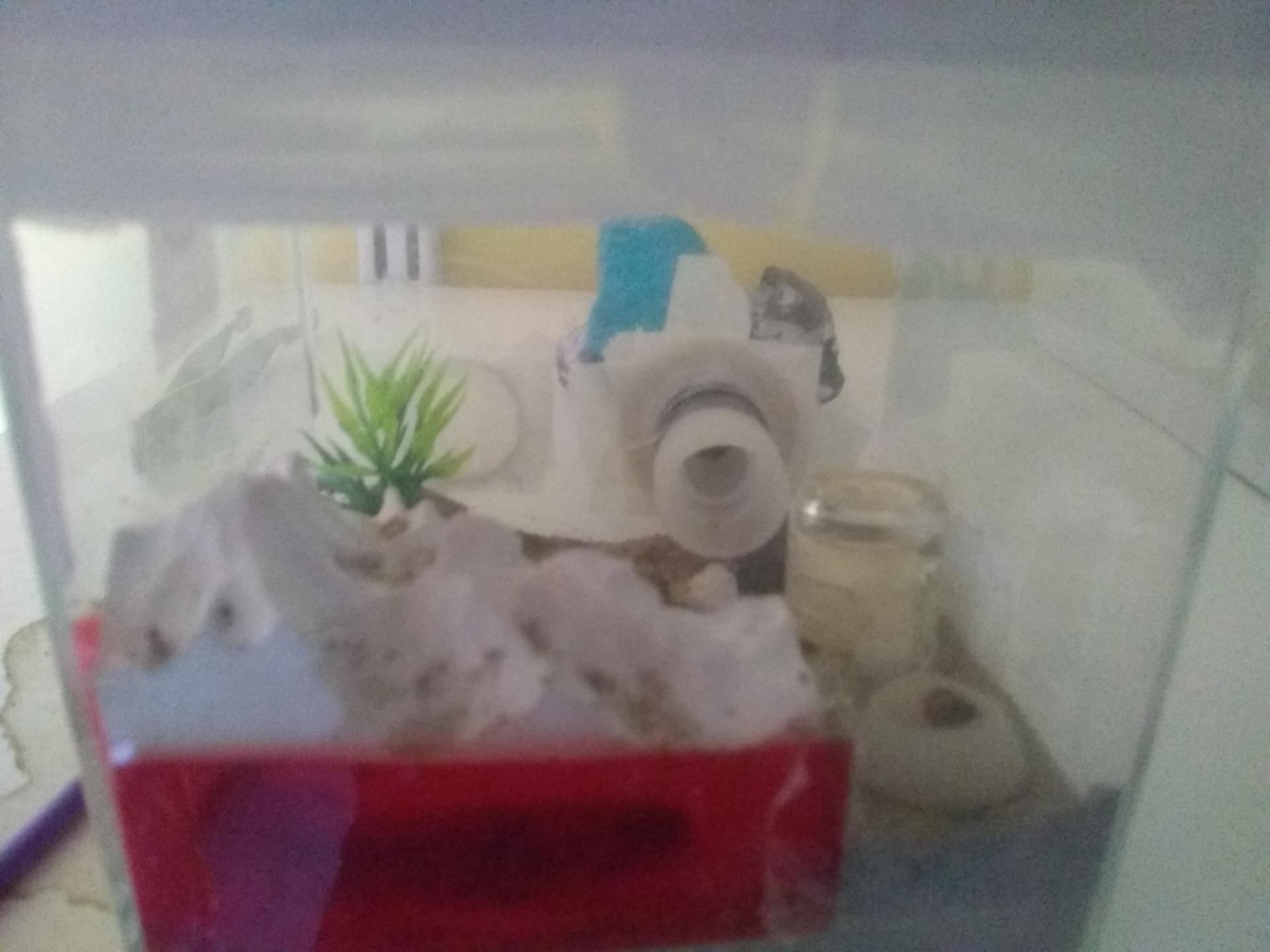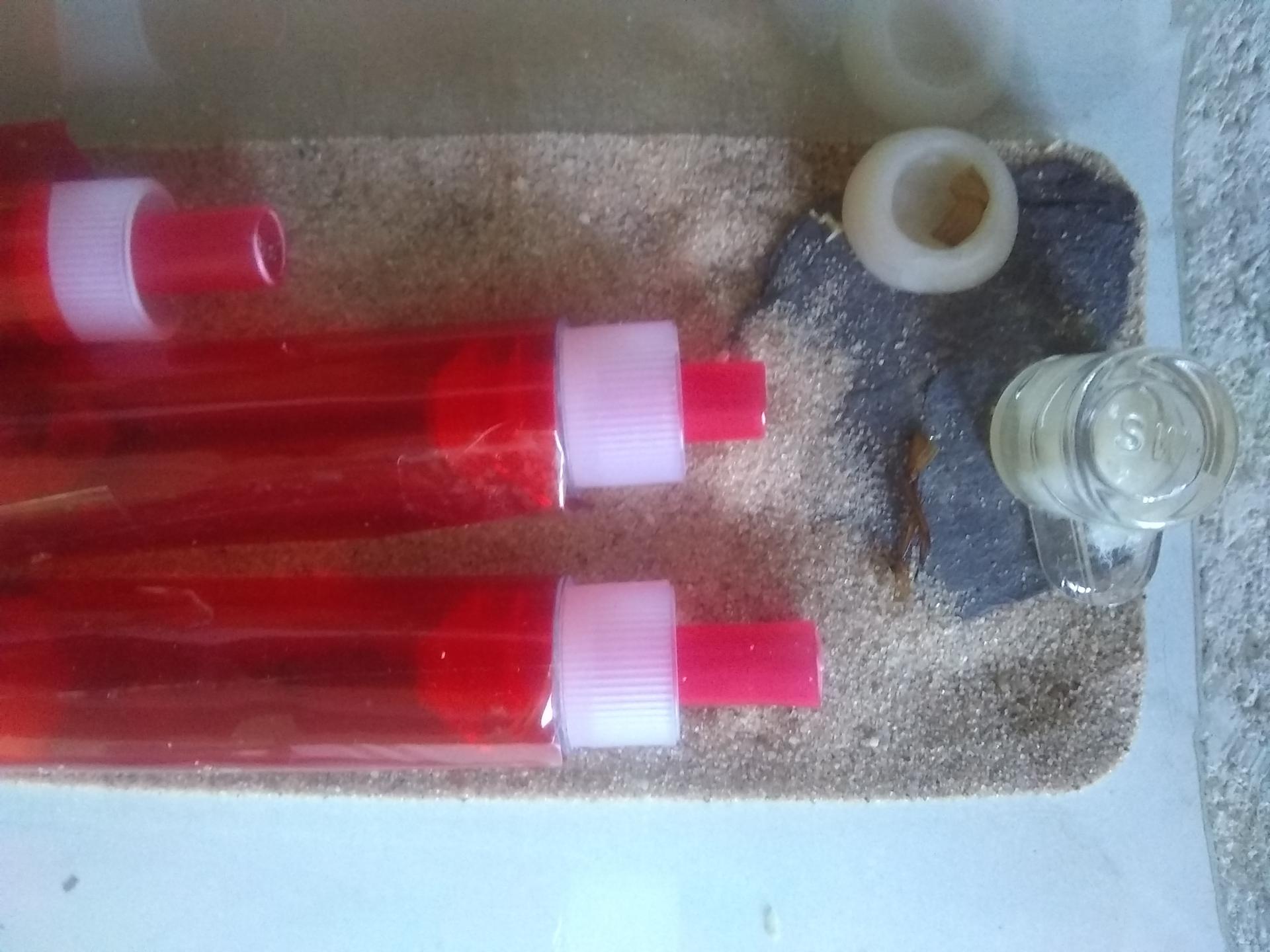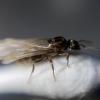Featuring Myrmica species (most likely rubra), Lasius niger, Lasius flavus and Lasius umbratus. I'll add the ants to the journal as they come out of hibernation.
Myrmica sp. 1 queen, 3 workers, a few grubs (one big one). This is my first ever ant queen, caught nearly a year ago. I noticed a swarm of black garden ants, looked more closely and saw they were chasing a red queen. She ran into a test tube and the good folks here on FC identified her. I made so many errors with her and she still didn't have any workers after a few months, so I grabbed her 3 pupae from a wild nest at my allotment (vegetable plot). I didn't dig them up (too invasive for me) but just lifted a bit of cardboard and sucked them up with a homemade aspirator. We use the "no dig" method at the allotment, which is great for ants as it doesn't disturb the underground world. I always feed wild colonies I've raided for brood, and several others as well.
This queen was always a fussy eater and would only take flies, but now the boosted workers are doing the foraging, they're happy with mealworms and crickets. I gave them cricket eggs for the first time the other day. This colony is living in a test tube connected to a small homemade outworld with a plaster cave.
Myrmica sp. 6 queen founding colony. I walked into a nuptial flight last August in a church graveyard under a giant redwood tree (sequoia). Redwoods are a rare sight in the UK as they're not native, and usually found singly, planted in the last century or two, so still small for redwoods. I lived in northern California for a while and fell in love with them. This was my dream day. The light was otherworldly and everything so still, clouds of ants glowing in these red golden glades. I caught 6, though I fear 2 might be unmated, as they've never been as settled. They're in 3 tubes in a tubs n tubes set up, so they can choose whether to be together or separate. They were two separate 3Q colonies until the other day, when I merged them. They're now all in the middle tube.




















